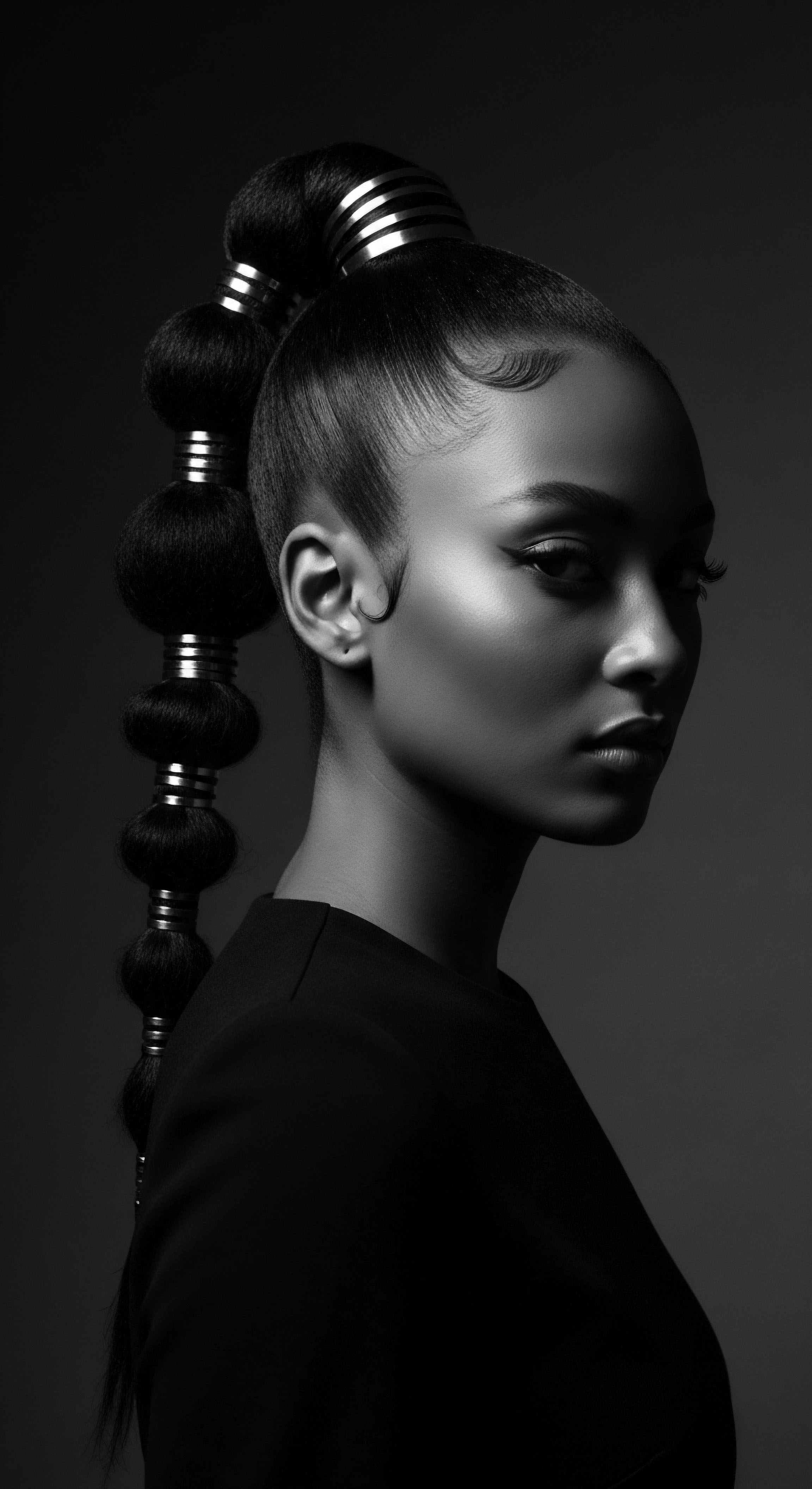
What ancient African clay practices influenced textured hair resilience?
Ancient African clay practices fortified textured hair resilience through mineral enrichment, UV protection, and gentle cleansing, connecting directly to cultural heritage.

How did ancestral hair rituals support sun defense for textured strands?
Ancestral hair rituals for textured strands provided sun defense through physical barriers, protective styling, and nourishing plant-based elixirs, deeply rooted in heritage.

What ancestral practices involved clay for textured hair?
Ancestral practices involved clay for textured hair for cleansing, conditioning, protection, and styling, deeply linking hair care to cultural heritage.

How did heritage shape clay hair traditions?
Heritage deeply shaped clay hair traditions through ancient earth-based practices for cleansing, styling, and cultural identity.
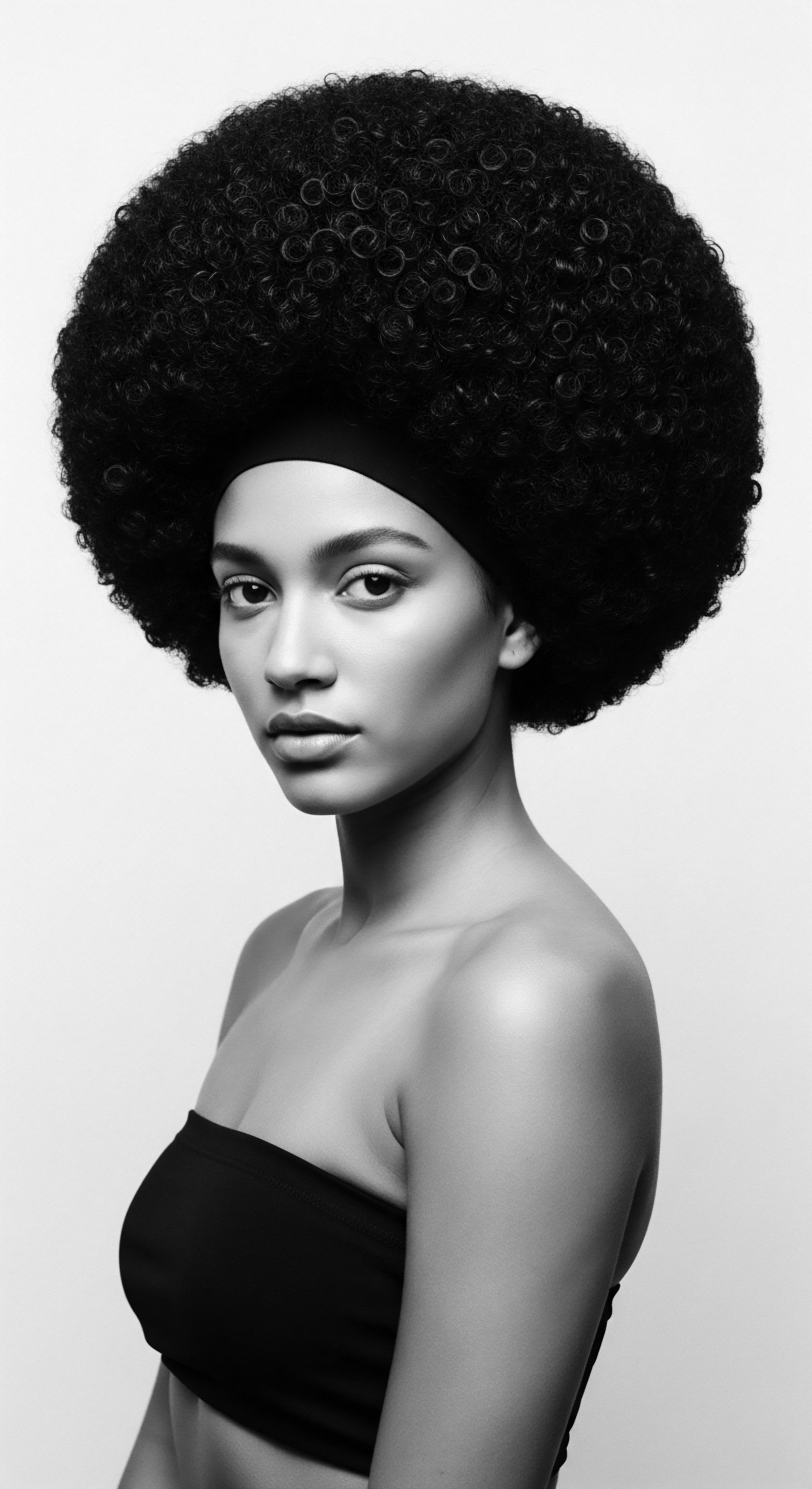
In what ways do modern natural hair movements echo ancient heritage?
Modern natural hair movements powerfully echo ancient heritage through their focus on holistic care, symbolic styling, and the reclamation of textured hair as a source of identity.

How did clay application strengthen heritage among communities?
Clay application rooted communities in their textured hair heritage by linking ancient earth wisdom with living cultural practices and identity.
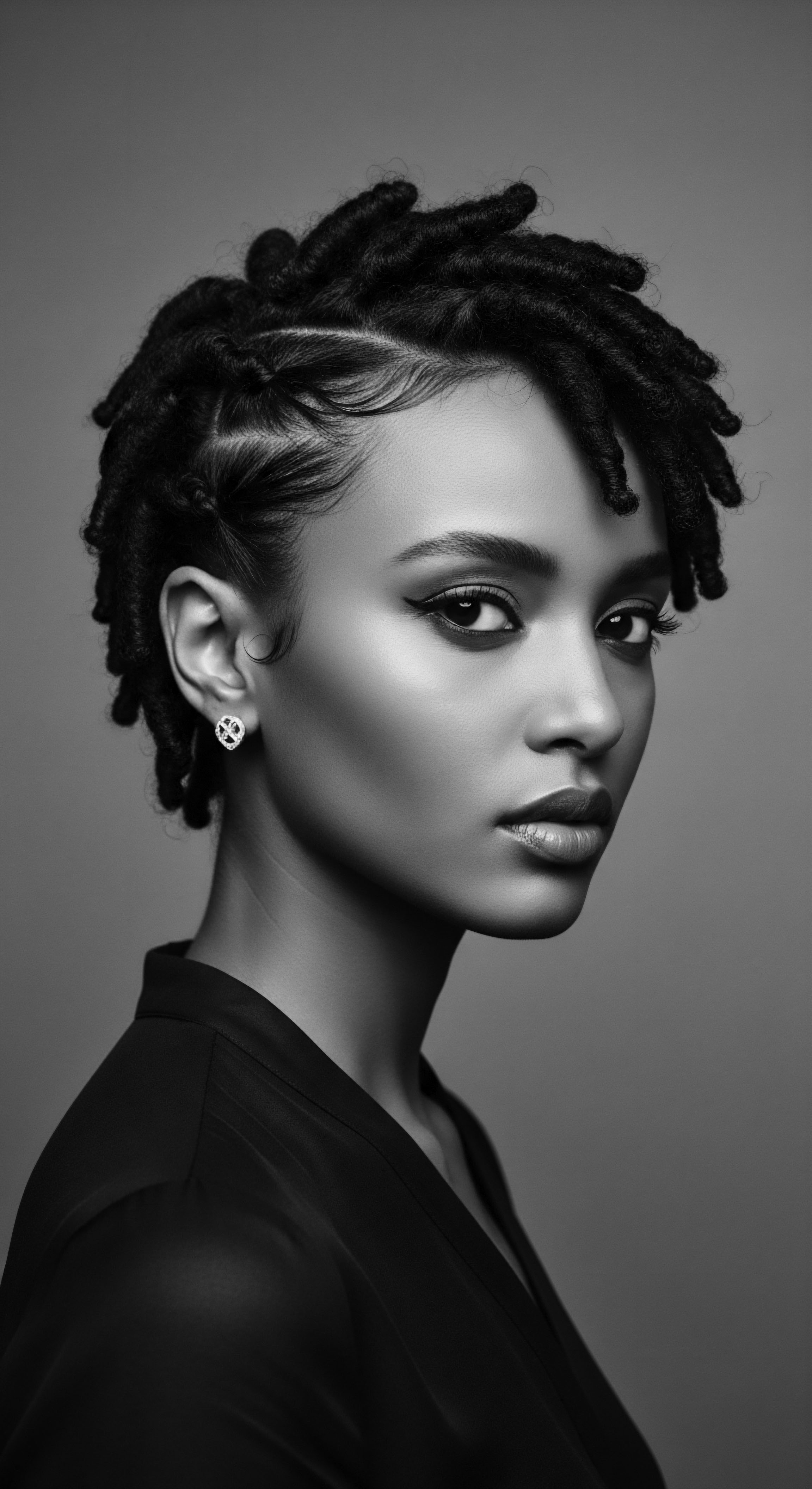
How did ancient coloring protect textured hair?
Ancient coloring practices often coated textured hair with natural pigments and emollients, creating protective barriers against sun and dryness.

How did ancestral customs shape textured hair?
Ancestral customs profoundly shaped textured hair through ancient care rituals, symbolic adornment, and practices deeply rooted in heritage and community.

Sun Shield Practices
Meaning ❉ Sun Shield Practices are heritage-informed methods for safeguarding textured hair from solar degradation through physical, botanical, and stylistic means.

Can ancient African hair coloring methods inform modern textured hair routines?
Ancient African hair coloring methods, often plant or mineral-based, prioritized nourishment and protection alongside color, offering a heritage-rich blueprint for modern textured hair care.
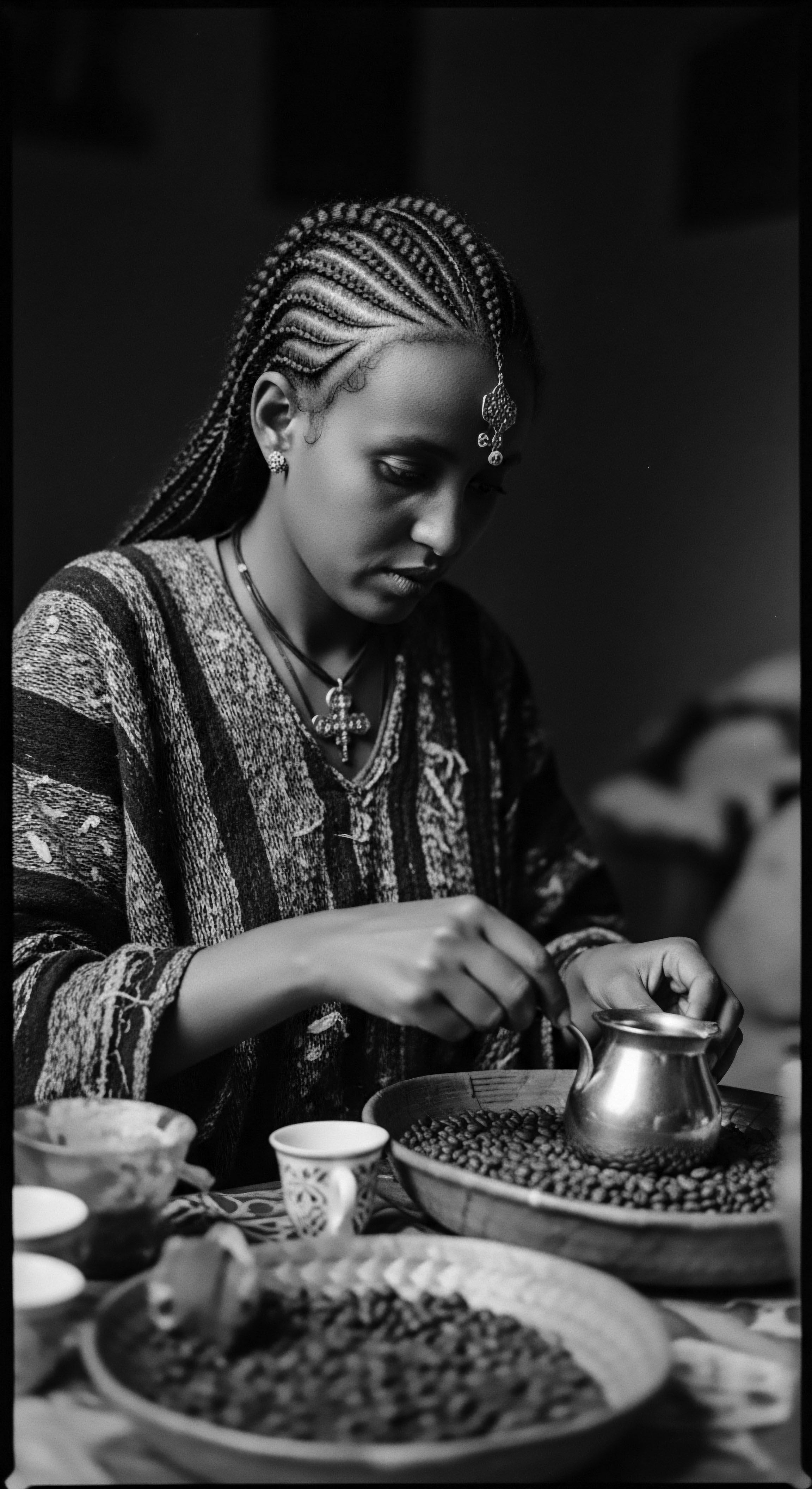
How did ancestral African cultures color textured hair?
Ancestral African cultures used natural pigments like ochre and plant dyes to color textured hair, deeply connecting it to heritage and identity.

What historical sun protection methods for textured hair existed?
Historical sun protection for textured hair involved natural oils, butters, and strategic styling, deeply rooted in ancestral heritage.

How does clay chemically benefit textured hair historically?
Clay historically cleanses and nourishes textured hair through mineral exchange, deeply rooted in ancestral care and heritage.

Sun Degradation
Meaning ❉ Sun Degradation refers to the structural and pigmentary alterations of hair, particularly textured hair, caused by solar radiation.

Can traditional hair coloring methods enhance modern textured hair care routines?
Traditional hair coloring methods, rooted in ancestral wisdom, naturally enhance modern textured hair routines by nourishing strands and deepening cultural connection.

Butter Rituals
Meaning ❉ Butter Rituals define the ancestral and contemporary practice of using natural fats to nourish and protect textured hair, deeply rooted in Black and mixed-race heritage.

Waterless Cleansing
Meaning ❉ Waterless Cleansing is the art of purifying hair without water, honoring ancestral practices for textured hair health and cultural identity.
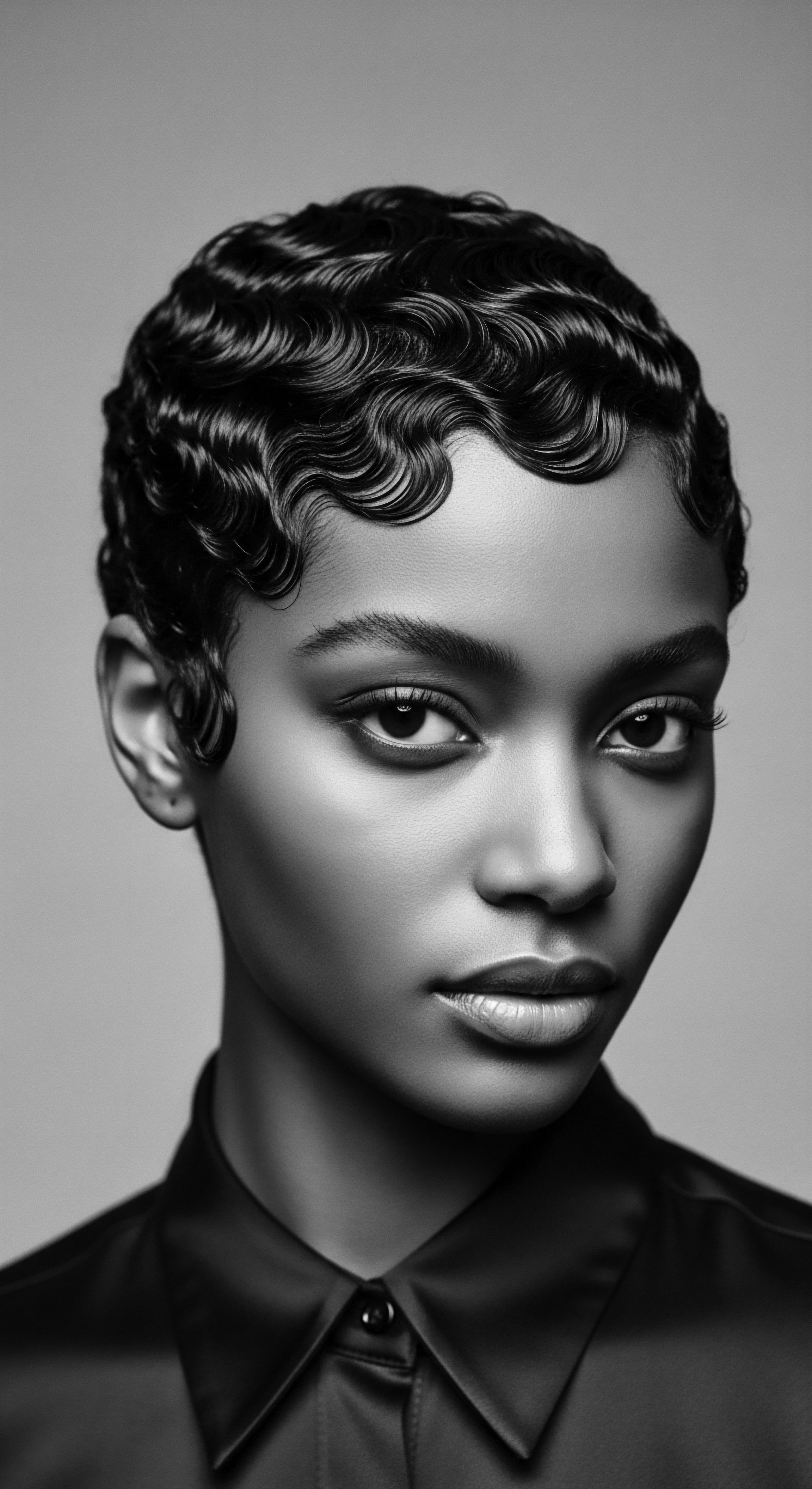
Dry Cleansing Methods
Meaning ❉ Dry Cleansing Methods involve non-aqueous techniques to refresh hair, absorbing oils and dislodging debris, deeply rooted in textured hair heritage.

What African clays support textured hair growth?
African clays such as Rhassoul, Bentonite, and Kaolin support textured hair through mineral enrichment and cleansing.

